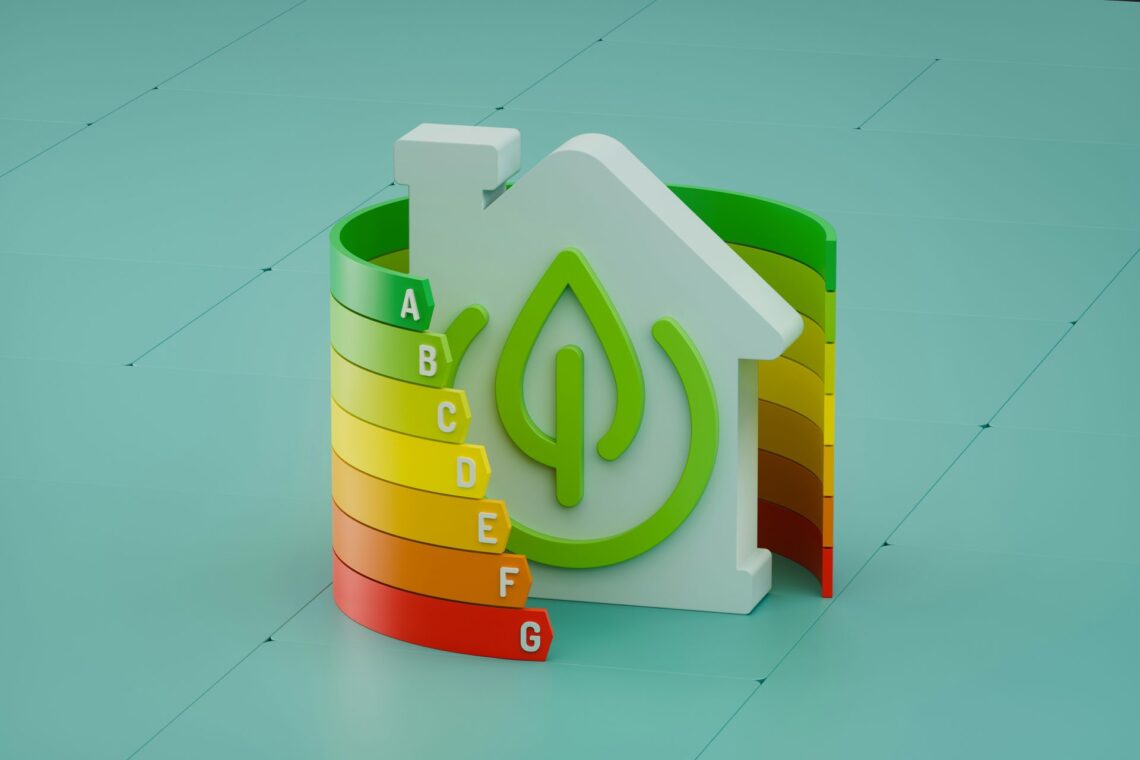Most people don’t give their ceiling much thought beyond what colour to paint it or which light fitting to install. But there’s a hidden layer that can quietly save you money, improve comfort, and reduce energy waste. It’s ceiling insulation: one of the most cost-effective and often overlooked ways to control your home’s energy use.
If you’re serious about lowering energy bills and making your home more comfortable year-round, ceiling insulation is essential.
Heat Has a Mind of Its Own
Before we get into the benefits, it’s important to understand what’s happening with heat inside your home. Warm air rises. That means in winter, all the heat your heater pumps out moves upward and tries to escape through the ceiling. In summer, the sun beats down on the roof, and that heat radiates into your home, making it harder to keep cool.
Without ceiling insulation, your ceiling becomes a gateway. Heat gets out when you want it to stay in. It sneaks in when you want to keep it out. Either way, your heating and cooling systems have to work harder, which burns more energy and costs more money.
The Cost of Doing Nothing
Leaving your ceiling uninsulated or under-insulated can be surprisingly expensive. Heating and cooling account for a significant share of a typical home’s energy bill. If your ceiling is letting temperature-controlled air escape, you’re essentially paying for energy that you don’t get to enjoy.
The more your heating or cooling system has to work, the more wear and tear it takes. That could mean more maintenance, repairs, or even early replacement. Energy waste isn’t just an environmental issue; it hits your wallet, too.
Why Ceiling Insulation is So Effective
Ceiling insulation acts as a barrier that slows down the transfer of heat. It traps warm air inside during the winter and blocks heat from entering during the summer. It doesn’t need electricity, doesn’t require maintenance, and once installed, it works for decades.
In terms of performance, ceiling insulation usually delivers the most noticeable improvement in comfort and efficiency. That’s because heat rises, so stopping it at the top of your living space is one of the smartest ways to take control.
Types of Ceiling Insulation
There are different materials and methods, but the goal is always the same: to reduce heat flow. While the exact type you choose depends on your home’s design and structure, most options fall into one of the following categories:
- Bulk insulation – Thick batts or rolls that trap air in pockets to slow heat transfer.
- Reflective insulation – Foil-like layers that reflect radiant heat away from the home.
- Blown-in insulation – Loose fill material that can be sprayed into hard-to-reach places.
Each has its pros and cons. What matters most is making sure the insulation is installed properly and suits your roof space.
Signs Your Ceiling Might Need Insulating
You don’t always need to be up on the roof to know something’s missing. There are some clear signs that your ceiling insulation either isn’t there or isn’t doing its job anymore:
- Uneven temperatures – Some rooms feel warmer or cooler than others, with no clear reason.
- High energy bills – You’re spending more than expected on heating and cooling.
- Temperature swings – Your home heats up or cools down too quickly.
- Dust and drafts – Air from the roof space may be making its way into your living areas.
- Noise from above – Lack of insulation can also make upstairs noise more noticeable.
If any of these sound familiar, it could be worth checking what’s up in the ceiling.
Not Just for Cold Climates
It’s a mistake to think insulation only helps in winter. In hot weather, it works just as hard, keeping cool air in and stopping the ceiling from radiating heat downwards. If your roof space gets boiling hot on a sunny day, the ceiling acts like a giant heat plate. Without insulation, your air conditioner is fighting a constant uphill battle.
This makes insulation one of the few upgrades that delivers in every season. Whether you’re trying to beat the cold or stay cool in summer, it helps in both cases.
Insulation That Lasts
Unlike heating units or appliances that wear out, ceiling insulation doesn’t have many moving parts. Once installed, it doesn’t need attention for years, sometimes decades. The only catch is that it must be installed correctly. Gaps, compression, or poor coverage can all reduce effectiveness.
That’s why it’s important to make sure whoever installs it knows what they’re doing. A patchy job won’t deliver the savings or comfort you’re expecting.
Don’t Wait for the Next Bill Shock
Energy prices rarely go down, and homes aren’t getting cheaper to run. Ceiling insulation is one of those upgrades that makes a real, lasting difference. It might not be the most exciting home improvement, but it’s one of the smartest.
Instead of cranking up the heater or blasting the air conditioning, focus on keeping that temperature where you want it. Insulation does the job quietly, efficiently, and all day long.
Smarter Comfort Starts at the Top
If you’re looking for a way to make your home more energy efficient without adding extra noise or complexity, start at the ceiling. A well-insulated roof space means fewer energy spikes, more consistent temperatures, and more money left in your pocket.





